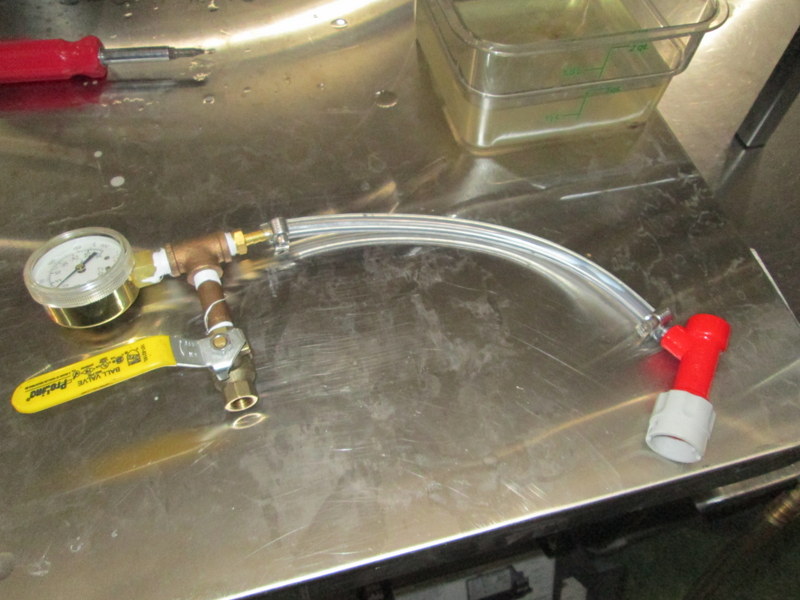OK, brewed last weekend (Saturday). California Common. Fermentation goes like gangbusters, by Tuesday the krausen has fallen. I take a sample, gravity is 1.017; I expect it to end at 1.012, so those 5 points should let the beer self-carbonate. I rack to keg, and let it go.
I taste the hydrometer sample; wowee! Tasty, tasty beer--and it's warm, uncarbonated, and not fully attenuated. I can't wait until it's done.
I kept it at 64 degrees for a day or so, then began to run it up to 71, then yesterday back down to 64. So today, Saturday, it's been a week. I have a pressure valve, it's pretty pressurized.
So today, for grins, I draw off a sample to check it, and it's not really very carbonated. Lots of headspace pressure as that beer came racing out of the picnic tap. And a bit yeasty. Of course.
***********
How long should I expect this to take, for the beer to carbonate before I crash it? It tasted pretty good, but lots of sediment of course which I hope will disappear in the first couple of glasses when it's time to serve.
I didn't take a sample, so I'm not sure that it's quite done yet.
I taste the hydrometer sample; wowee! Tasty, tasty beer--and it's warm, uncarbonated, and not fully attenuated. I can't wait until it's done.
I kept it at 64 degrees for a day or so, then began to run it up to 71, then yesterday back down to 64. So today, Saturday, it's been a week. I have a pressure valve, it's pretty pressurized.
So today, for grins, I draw off a sample to check it, and it's not really very carbonated. Lots of headspace pressure as that beer came racing out of the picnic tap. And a bit yeasty. Of course.
***********
How long should I expect this to take, for the beer to carbonate before I crash it? It tasted pretty good, but lots of sediment of course which I hope will disappear in the first couple of glasses when it's time to serve.
I didn't take a sample, so I'm not sure that it's quite done yet.





